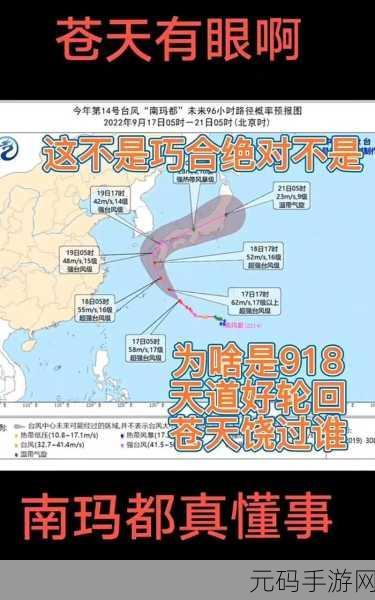九幺高危风险的定义与现状
九幺高危风险通常指的是在特定环境下,可能对用户或系统造成严峻威胁的一系列潜在事件。这类风险多发于互联网、金融、医疗和公共安全等多个领域。由于技术迅速发展,这些领域面临着越来越复杂的挑战,比如数据泄露、网络攻击以及其他形式的欺诈行为。
识别九幺高危风险的重要性
精准识别这些高危风险是保护个人及机构利益的重要步骤。有研究表明,大多数企业因未能及时发现并处理潜在威胁而遭受重大损失。因此,通过建立有效监控机制,可以极大降低发生事故的概率。许多公司开始引入专业团队进行全面评估,并采用先进的软件工具来提高警惕。

防范措施与策略
实施针对性的防范措施是遏制九幺高危风险蔓延的重要手段。其中,加强员工培训,提高他们对各种网络诈骗和恶意软件认识至关重要。此外,为了提升应对能力,需要制定紧急响应计划,以便快速处置突发事件,从而最大程度地减轻损失。同时,投资现代化安全设备,如防火墙和入侵检测系统,也能够增强整体安全保障水平。
科技创新与风控管理相结合
An increasing number of organizations are leveraging cutting-edge technologies, such as artificial intelligence and machine learning, to enhance their risk management capabilities. These tools can analyze vast amounts of data in real time, helping identify anomalies and potential threats before they escalate into serious issues. Implementing these advanced solutions not only improves efficiency but also builds a robust framework for addressing future challenges.

案例分析:成功应对实例
A某大型零售商近期经历了一次严重的数据泄露事件。然而,由于其完善的风控体系及及时响应,该公司的信息技术部门迅速采取行动。他们通过监测异常活动,锁定了漏洞来源,并进行了必要修复,有效避免了更大的财务损失。这一案例凸显出强有力的信息安全架构对于抵御类似攻击的重要性。
合规要求与行业标准遵循
The rise of regulatory frameworks like GDPR has forced businesses to adopt stricter compliance measures regarding data protection. Understanding the legal implications associated with high-risk scenarios is essential for any organization looking to safeguard both customer information and its own reputation. Regular audits should be conducted to ensure adherence to relevant industry standards while minimizing exposure to nine-one risks.



